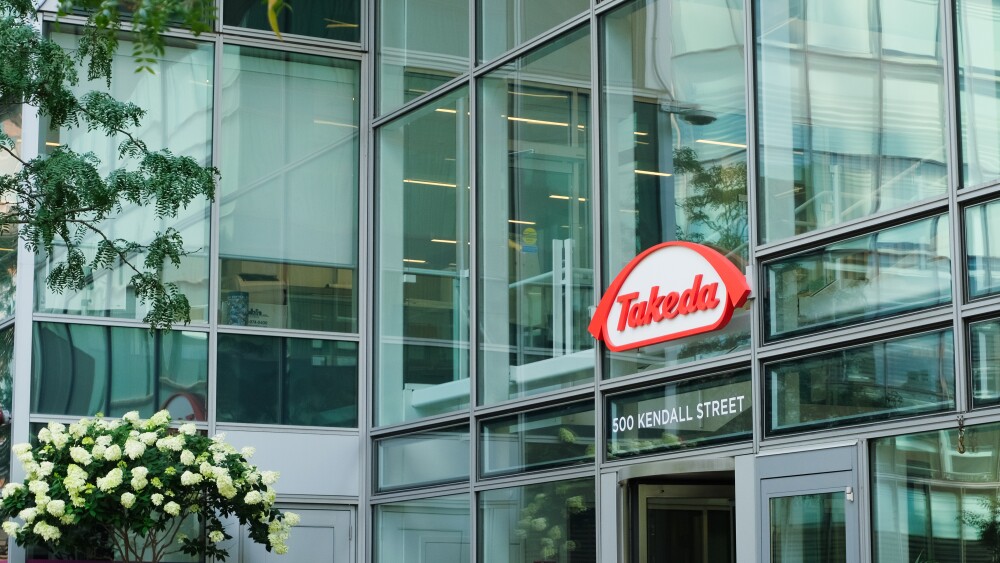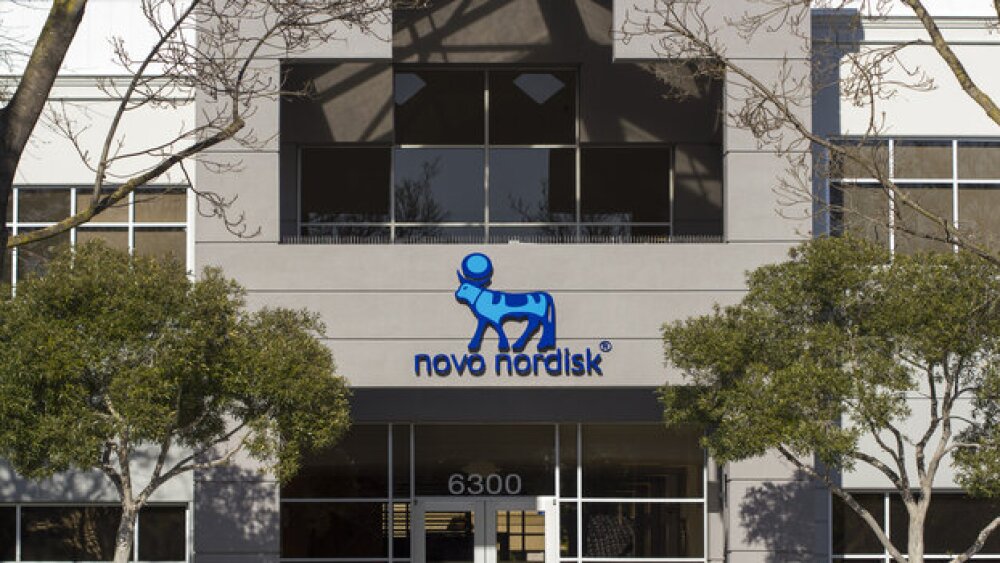Giuseppe Ciaramella, formerly chief scientific officer of Moderna Therapeutics’ Valera unit, has left for an unidentified stealth-mode biotech startup.
Giuseppe Ciaramella, formerly chief scientific officer of Moderna Therapeutics, Inc.’ Valera unit, has left for an unidentified stealth-mode biotech startup.
Ciaramella joined Moderna in 2014 as vice president, Head of Immunology and Biotherapeutics, then was selected as chief scientific officer of its infectious disease and vaccines business, Valera. However, in late 2017, Moderna, citing it had “decided to move from its venture-based R&D model to a therapeutic area R&D model,” brought four former units, including Valera, back under the Moderna umbrella.
Prior to joining Moderna, Ciaramella was executive director, External Projects, Infection, with AstraZeneca Pharmaceuticals LP, vice president, Head of Collaborative Research at Boehringer Ingelheim Pharmaceuticals, Inc., and executive director, Head of Biotherapeutics, Pfizer Inc.. He received his PhD in Biochemistry from University College London (UCL).
On February 2, Moderna announced it had closed on its seventh private equity financing round worth $500 million. The company currently has $1.4 billion in cash in addition to access to up to about $250 million in grants from the Bill & Melinda Gates Foundation, the Biomedical Advanced Research and Development Authority (BARDA), a division of the Office of the Assistant Secretary for Preparedness and Response (ASPR) within the U.S. Department of Health and Human Services (HHS), and the Defense Advanced Research Projects Agency (DARPA).
Moderna’s technology is built on messenger RNA (mRNA). mRNA’s job in cells is to transport genetic information from DNA to the ribosome, providing the amino acid sequence of the eventual proteins the DNA is coded for. In Moderna’s tech platform, the company engineers mRNA to then deliver whatever protein codes they want the cells to produce, turning the cells into vaccine or drug-manufacturing plants.
The company has no commercial products on the market, but has 19 therapies in development, 10 of which are in human clinical trials.
Moderna’s mRNA-based H10N8 flu vaccine was its first clinical project, which is the scaffold the company’s pipeline has been built on. Its vaccine programs have included work for BARPA to develop Zika vaccines, and a CMV vaccine and HMPV/VIV3 combination vaccine for DARPA.
Ciaramella’s defection is yet another in a group of high-profile resignations over the last year. Matthew Staton, head of Moderna’s chemistry, Barry Ticho, headed up cardiovascular and metabolic diseases, and Arian Pano, who led clinical development for rare diseases, have all abandoned the company. Staton joined Atlas Ventures as chief technology officer and is currently head of Platform Research for Generation Bio. Ticho is now chief medical officer for Stoke Therapeutics. Pano is now vice president Clinical Development, Rare Diseases for Dicerna Pharmaceuticals.
There is speculation that the resignations are related to concerns over the company’s technology, or the various lawsuits the company is involved in over its delivery platform. It’s also possible that it’s related to the company’s do-or-die culture driven by its chief executive officer, Stephane Bancel, who has modeled himself after Apple founder Steve Jobs.
In a September 2016 article, STAT wrote, “At the center of it all is Stephane Bancel, a first-time biotech CEO with an unwavering belief that Moderna’s science will work—and that employees who don’t ‘live the mission’ have no place in the company. Confident and intense, Bancel told STAT that Moderna’s science is on track and, when it is finally made public, that it will meet the brash goal he himself has set: The new drugs will change the world.”





